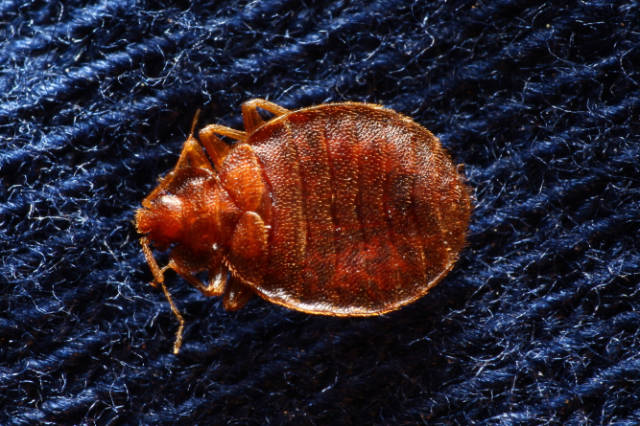Researchers and homeowners are both interested in the mysterious link between bed bugs and carbon dioxide. Bed bugs are very curious, and it’s important to know what draws them to carbon dioxide in order to come up with effective ways to get rid of these bloodsucking pests. As we go deeper into the burst of insights, we’ll look at how bed bugs find carbon dioxide, why it’s one of the main things that attracts them, and how this information can be used to get rid of bed bugs.
The main thing that attracts people is carbon dioxide.
Bed bugs use carbon dioxide, which is a gas that gives off a lot of information, to find their human hosts. When we breathe, we give off carbon dioxide, which bed bugs can pick up on even in small amounts. Specialized sensors on their antennae pick up on the presence of this gas, which tells them where to find their next meal.
Meals on the Hunt for Blood
Bed bugs are obligate blood-feeders, which means they can only get food from blood. This is because they have a strong desire to stay alive. Once they find people because of the carbon dioxide they give off, they use their heat sensors to find the warm parts of our bodies, like our necks and extremities. Then, while we sleep, they sneak out of their hiding places and feed on our uncovered skin.
What Temperature and Movement Have to Do With It
Bed bugs are attracted to a lot of different things. Temperature and movement are two of those things. Even though carbon dioxide is the main attractant, they are more likely to go after a host that moves and is warm. Because they are so excited, bed bugs tend to bite in places where the skin is exposed and the blood flow is high.
What Science Knows About Attraction
Researchers have done a lot of tests to try to figure out how and why bed bugs are attracted to carbon dioxide. Some studies used carbon dioxide-baited traps to track the activity of bed bugs. They found that higher levels of carbon dioxide attracted bed bugs to the traps much more than lower levels.
Meals on the Hunt for Blood
Bed bugs have become very good at living in human environments, where there is a steady source of carbon dioxide and lots of warm-blooded hosts. They’ve learned how people sleep and now eat mostly at night, when carbon dioxide levels are higher because we breathe more deeply when we sleep.
Using the things that people like to get control
Bed bugs are hard to get rid of, but if you know what makes them come, you can use that knowledge to your advantage. Some bed bug traps use carbon dioxide as bait to lure the bugs inside. This makes it easier to track and get rid of bed bug populations. This method is very sophisticated and can be used with other control methods, such as pesticide treatments and heat remediation.
Preventive steps to make people less interested
Bed bugs are very sensitive to even small amounts of carbon dioxide, so lowering the level of the gas in sleeping places may not stop them from being attracted to it. But using mattress covers and keeping rooms clear of junk can make it harder for bed bugs to hide, which will lower their numbers.
The link between bed bugs and carbon dioxide is a fascinating part of their biology that is full of understanding. Carbon dioxide is the main thing that draws bed bugs to their human hosts, where they feed on their blood. These pests have developed to take advantage of human environments, which makes it hard to get rid of them. But experts and people who work in pest control are using this information to come up with new traps and ways to find and get rid of bed bugs. Homeowners can get rid of bed bug infestations by being very careful, taking preventative steps, and getting help from an expert. Understanding what makes a bed bug want to stay gives you a useful burst of information that can help you fight these persistent pests.



